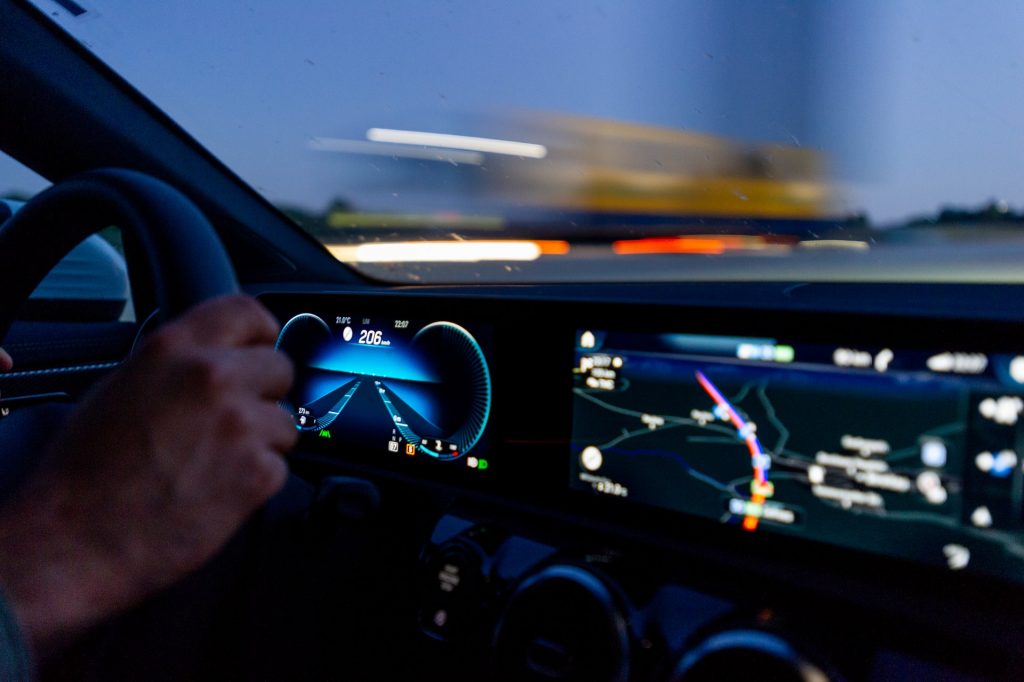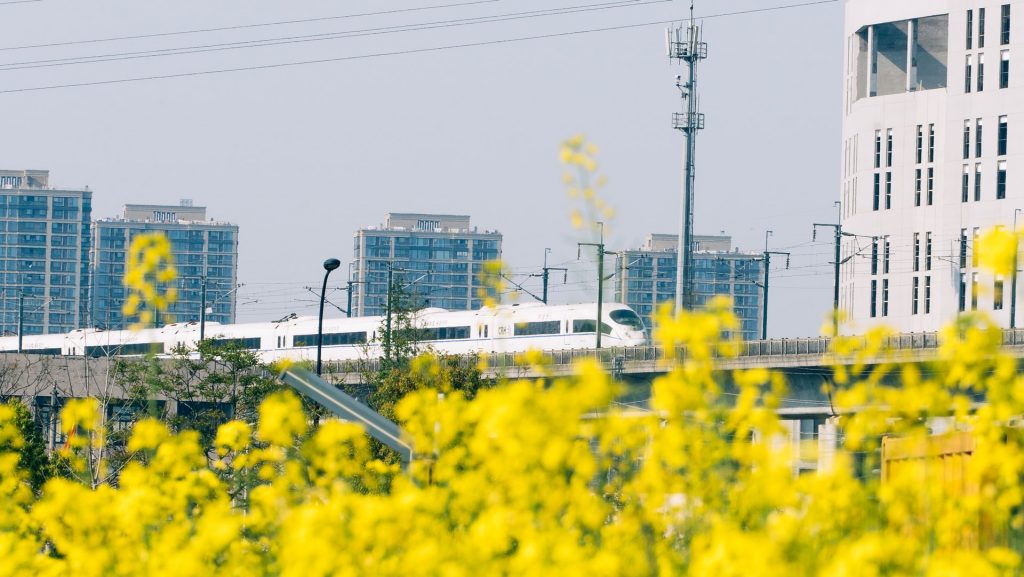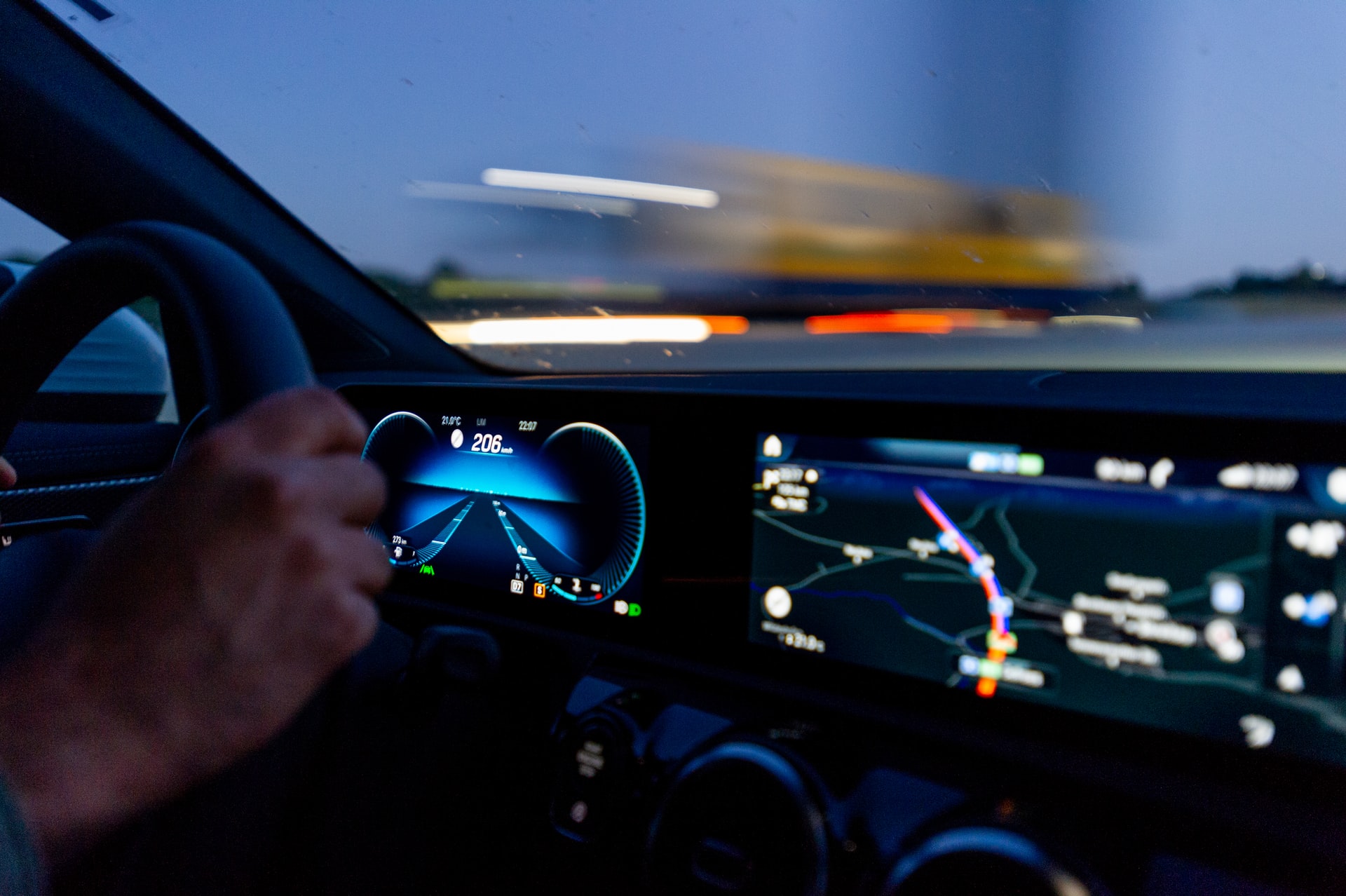03/08/2022
In addition to the terrible cost in lives and their emotional consequences, traffic accidents account for 1% of Spain’s GDP. An exorbitant expense that, in some ways, can be reduced with the development of autonomous cars and connected mobility. A recent study claims that its implementation in Spain will save 11,000 lives and prevent 260,000 accidents each year.
Not only that, driving times will be reduced by smoother driving, and carbon emissions will be 400,000 tons lower. However, to make all this possible, it is not only necessary to develop connected cars and trains, but also to enable the technologies that make it all possible.
Transnational 5G corridors are starting to be built in Europe, which seek to convert major transport and rail lines into 5G transport lines. Many of them pass through Spain, such as the Mediterranean Corridor, which links Spain with France through the Perpignan border.

To discuss this project, known as 5GMed, in the latest DigitalES podcast we brought together Raúl González Prats, head of mobility infrastructures at Cellnex Telecom; José Luis Serrano, innovation manager at Hispasat; and Xavier Daura, innovation director at Abertis.
This project, which involves 21 partners from 7 different countries, seeks above all to ensure that there are no problems when moving from one country to another, which would be fatal for the future of connected mobility. Issues such as a change of operator or the use of different protocols can seriously affect the connected vehicle or train.
As Raúl González explains, the aim is to ensure that services such as remote driving are not interrupted under any circumstances when moving from one country to another. Only in this way, and through projects such as 5GMed, will it be possible to move forward with guarantees towards the mobility of the future. The services to be tested are based on a wide range of technologies beyond 5G, including on-board sensors and Artificial Intelligence, which will provide advanced connectivity services across transportation routes.
Specifically, the infrastructure will support four use cases: remote automated driving, advanced traffic management, continuity of commercial rail services during cross-border switching and, finally, augmented reality infotainment for autonomous cars and railroads.

The use cases will first be tested in three small-scale test facilities that will help replicate real-world conditions. Final integration and validation will be carried out on the cross-border section between Figueras and Perpignan. This section is strategic in the trans-European transport network, as it carries 55% of the road traffic between the Iberian Peninsula and the rest of Europe, as well as 65% of the rail traffic.
These cases, according to Xavier Daura, allow us to intuit business models that are yet to come, and that were not possible in 4G-enabled corridors. “They help us to have sensors that enable real-time traffic detection at a very low cost,” he explains in our podcast.
Ending accidents
But it’s not all about business. One of the main objectives is to reduce accidents, which in Spain cost 1% of GDP. Putting an end to them,” Daura says, “would be more than enough reason to justify the investments.
“The 5G appears with the premise of connecting everything and everyone. It is now possible to provide an infrastructure that serves as the basis for the successful development of the connected vehicle and railroad,” says José Luis Serrano, who claims the role of the satellite as “the only agile and affordable enabler that allows deployment in 100 percent of the territory”.










